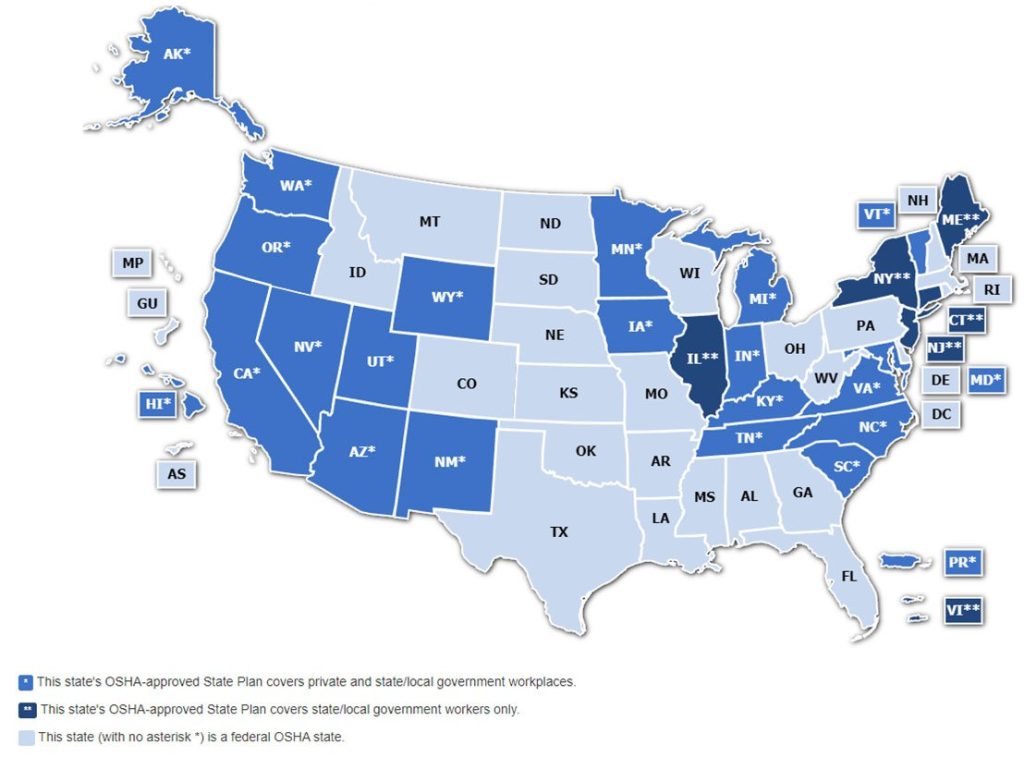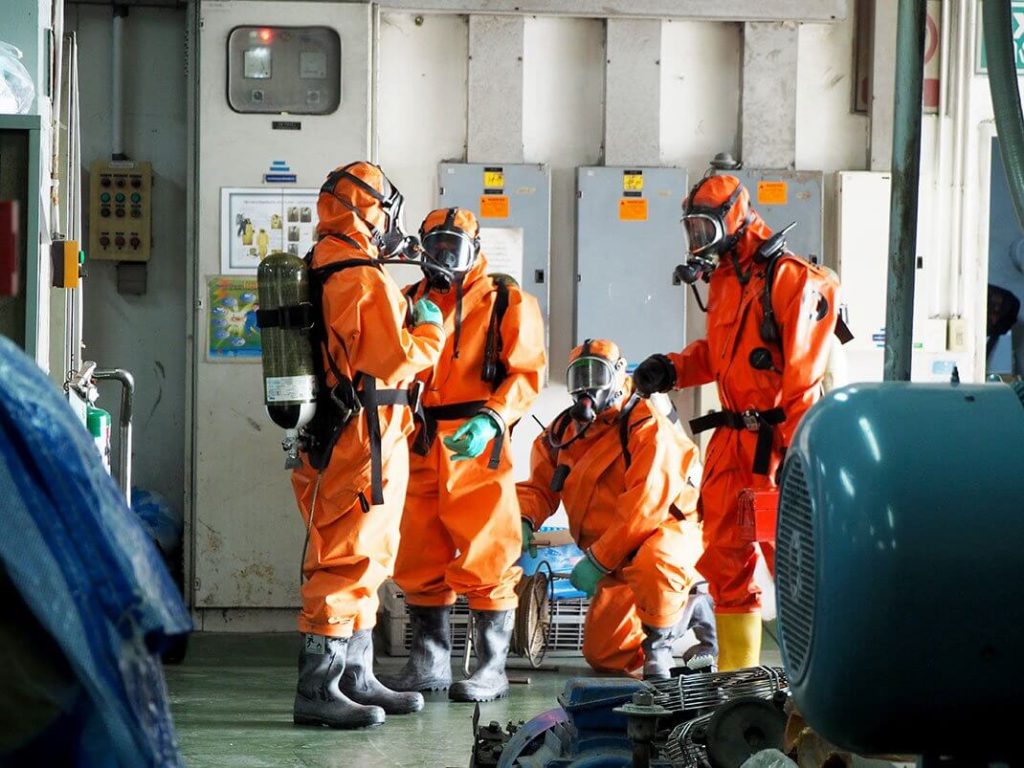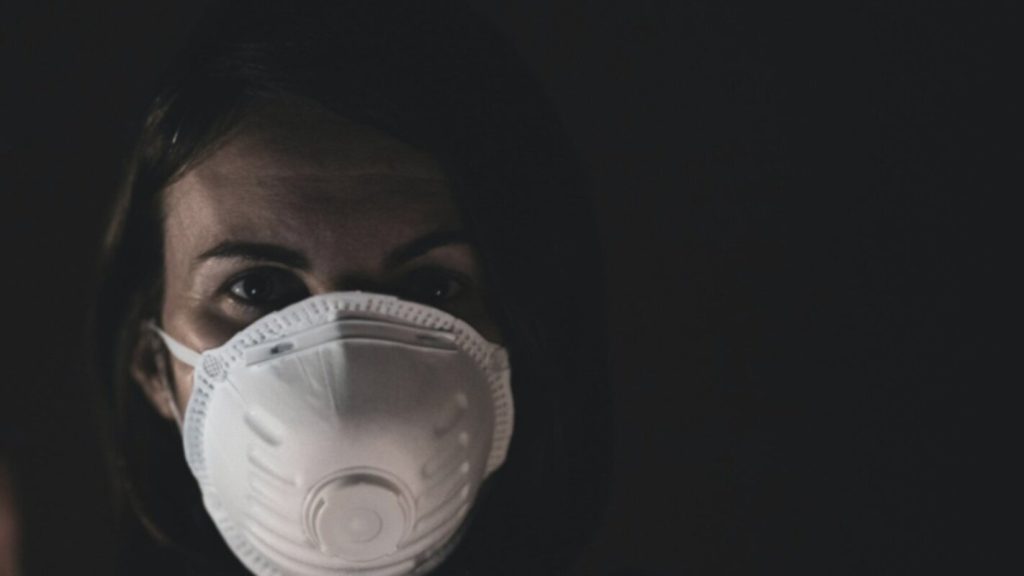The Occupational Safety and Health Act of 1970 created the Occupational Safety and Health Administration (OSHA). OSHA is a federal law that is applicable to private sector workers in the United States. It does not automatically expand to workers at state and local government agencies (otherwise known as public sector workers). However, OSHA allows individual states to create and operate state specific plans which meet or exceed the Federal OSHA requirements. Twenty-two (22) states have developed state specific plans which cover private and public sector workers. Six (6) states have adopted state plans which merely expand OSHA requirements to state and local government workers. Respiratory hazards exist in the operations of most, if not all, state and local government agencies. While OSHA may not be directly applicable to employers of local and state government agencies, there may be other codes or standards such as NFPA 1500 which apply to these employers. Below, you will find a resource on the importance of protecting workers from respiratory hazards even when OSHA may not apply.
Which states are covered by federal OSHA requirements, and which have adopted their own state specific plan?
You can find more information at the link below:

What types of employees in a state or local government agency may be exposed to respiratory hazards and have a need to use respiratory protection?
Employees with exposure to respiratory hazards may need to use respiratory protection. This can include a multitude of different job roles and each one should be evaluated independently. Find more information about completing hazard assessments for respiratory protection.
Below are a few examples of job roles in the public sector which may require respiratory protection:
- Public Safety
- Firefighters (hazardous atmospheres and smoke inhalation)
- Police (airborne diseases)
- Emergency Medical Services (airborne diseases)
- Public Utility and Maintenance Employees
- Painters (hazards vapors and/or fumes)
- Sewer Workers (hazardous atmospheres in confined spaces)
- Road Maintenance (cutting concrete)
What does this mean for state and local government workers in regard to the requirement to use respiratory protection?
In states where OSHA has been expanded to include state and local government agency workers, this means that the state or local government agencies must now comply with Federal or State OSHA regulations. This includes, at a minimum, the requirement to develop and implement a written Respiratory Protection Program. A written Respiratory Protection Program must include respirator medical evaluations, respirator fit testing, and respirator training. Learn more about the requirements of a written RPP.
In states which have not adopted a state plan which extends to state and local government agencies, employers with employees that have an exposure to respiratory hazards can follow OSHA requirements to protect workers. In certain circumstances, other standards may exist which could be applicable such as the National Fire Protection Agency (NFPA).
What are the NFPA standards for firefighters?
The National Fire Protection Agency (NFPA) has developed multiple standards specifically for firefighter occupational safety and health, much of which revolves around respiratory protection and fitness to perform firefighting tasks. The following standards apply to respiratory protection:
- NFPA 1404: Standard for Fire Service Respiratory Protection Training
- NFPA 1500: Standard on Fire Department Occupational Safety and Health (Current)
- NFPA 1550: Standard for Emergency Responder Health and Safety (Proposed)
- NFPA 1582: Standard on Comprehensive Occupational Medical Program for Fire Departments
NFPA 1582 requires medical evaluations of candidates and team members who must perform essential job tasks. Essential job tasks may include using Personal Protective Equipment (PPE) and Self-Contained Breathing Apparatus’ (SCBA) while performing firefighting tasks.
In Chapter 11 of NFPA 1500, the standard describes the specific medical requirements for candidates as outlined in NFPA 1582. This also requires that the employee complete an ongoing fitness for duty medical evaluation.
Furthermore, in Chapter 15 of NFPA 1500, the standard specifically refers to OSHA 29 CFR 1910.134 quantitative fit testing procedures for tight fitting, air purifying, respirators and equipment which must be worn.
Are there other medical evaluations, specific to firefighters, which would be beneficial in evaluating the current and future ability of the worker?
Regardless of whether it’s required by a specific standard, occupational health professionals recommend Pulmonary Function Testing (PFT) to monitor lung function over time. Providing an annual PFT helps to monitor the effectiveness of the respirator in protecting lung function. PFTs may also be required by firefighter unions and retirement funds.
OSHA does not apply to employers in state or local government agencies in a Federal OSHA run state, so why should our organization complete medical evaluations and fit tests of our staff?
The medical evaluation requirements of OSHA were designed to qualify the worker to use a respirator safely. Using a respirator may put an additional physiological burden on the worker. It is in the best interest of the employer to medically qualify an employee to safely use a respirator.
The fit testing requirements of OSHA were designed to ensure that the tight-fitting respirator fits properly on the face of the worker and protects them from the hazard to which they may be exposed. If the respirator does not fit properly, the worker may not be adequately protected from the hazard.
If employers in state and local government agencies are not completing medical evaluations and fit testing of their workers who are required to use respiratory protection, they are potentially putting their workers at risk of acute and chronic exposure to hazardous air contaminants and/or diseases.
Proactively protecting workers will lower the likelihood that an employee is injured on the job, reduce the cost of workers compensation, and improve overall employee morale.
Final Thoughts
Workers in state and local government agencies are likely to be exposed to the same types of respiratory hazards as private sector workers. While OSHA may not be applicable to these workers, it is always in the best interest of the employer to ensure that respiratory protection itself does not present a hazard to the employee. Fit testing of tight-fitting respirators ensures the respirators provide an adequate seal to protect the worker. In addition, while it may not be required for state and local government agencies, the development and implementation of a comprehensive respiratory protection program shows workers that their safety is paramount. Read more in our publications to find all of the requirements for developing a respiratory protection program.
Vest’s Respirator Clearance system can assist your organization with completion of the Medical Evaluation Questionnaire to medically qualify employees for respirator use.



